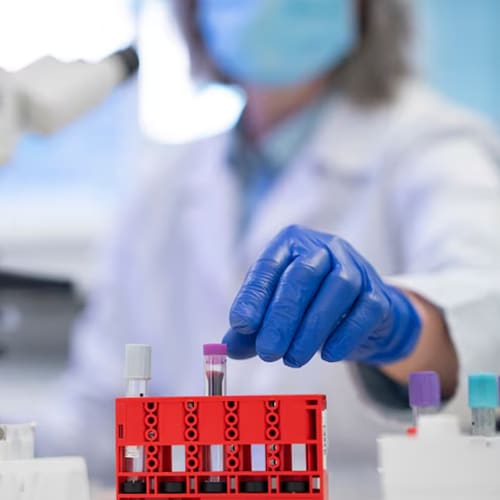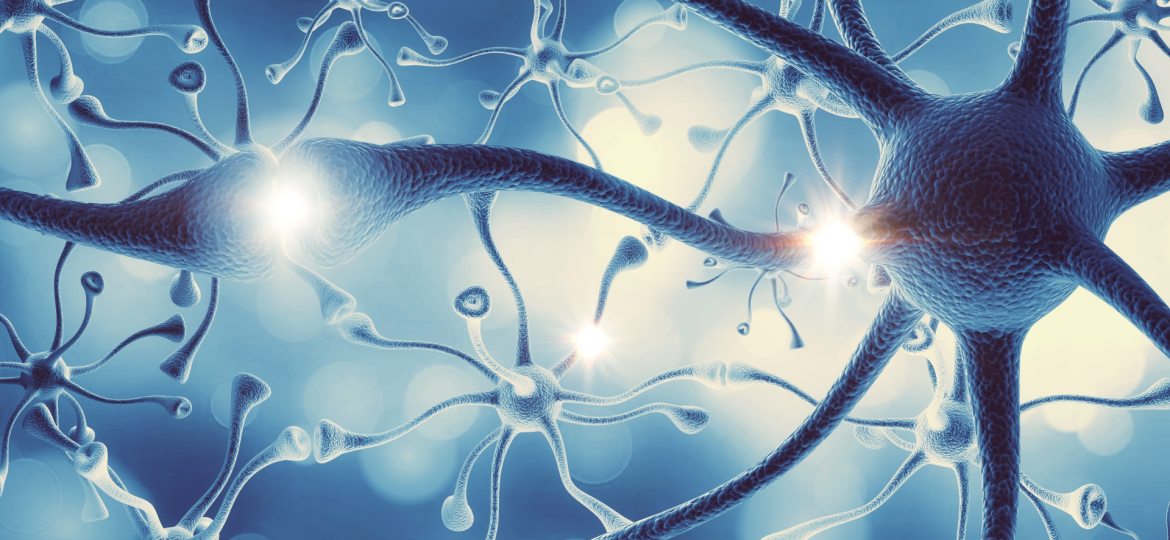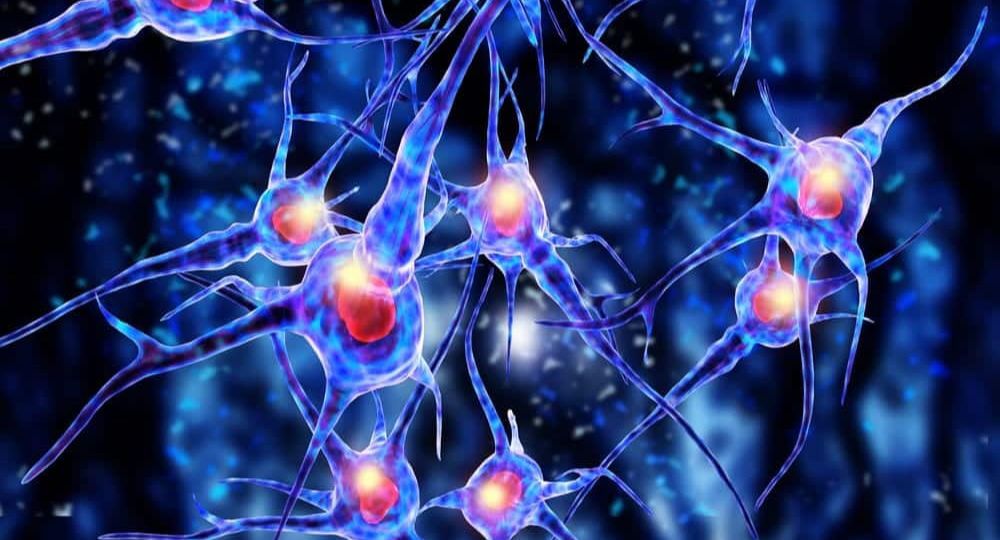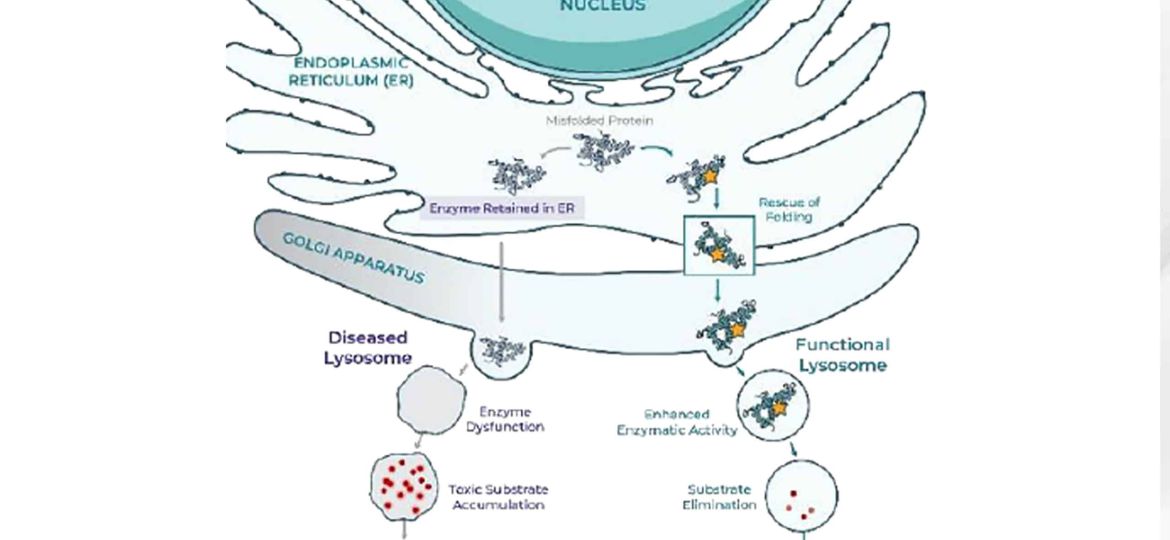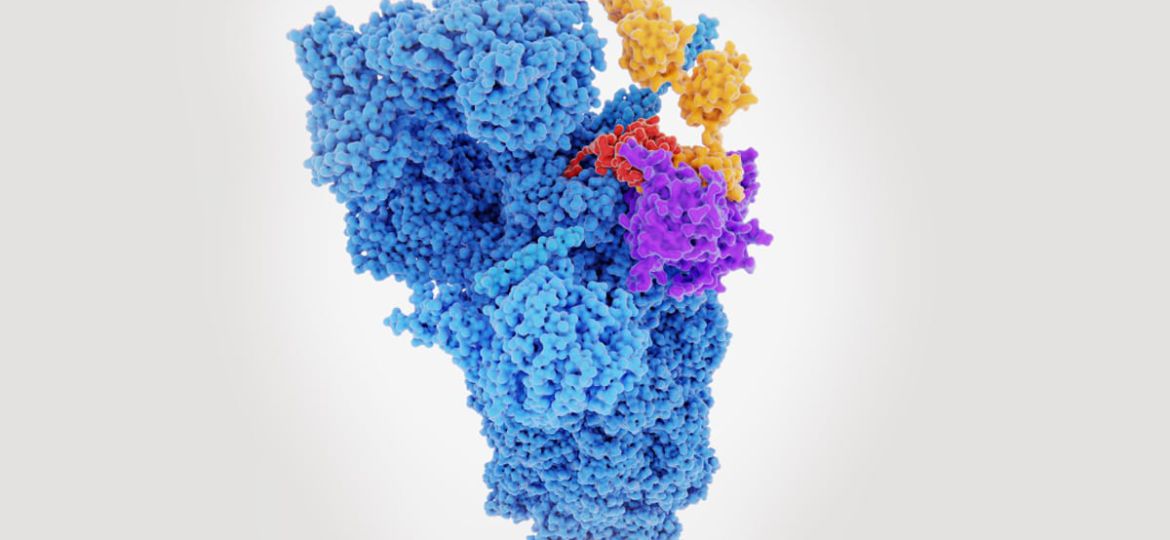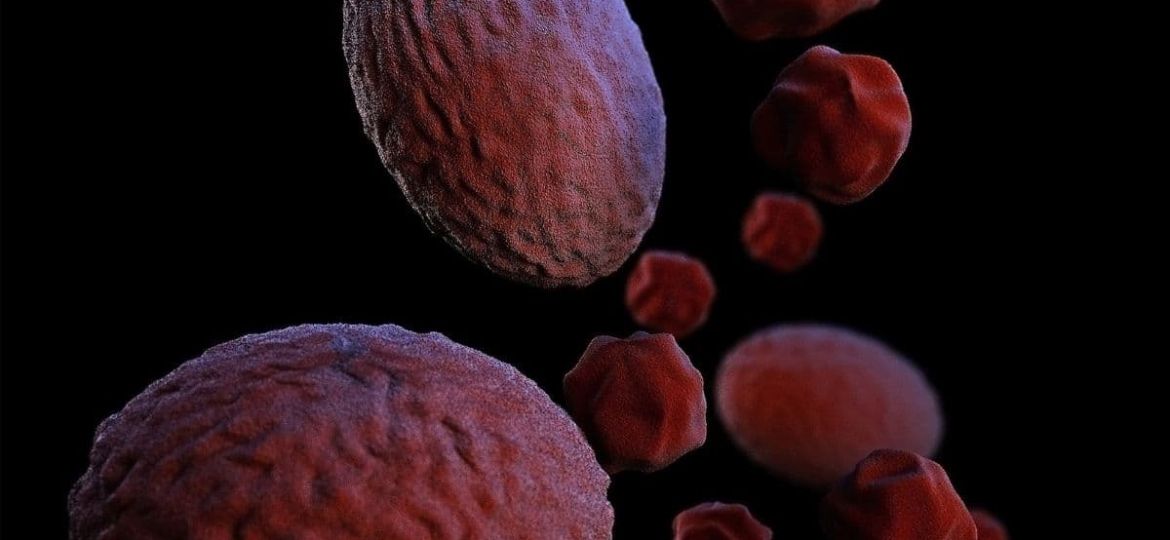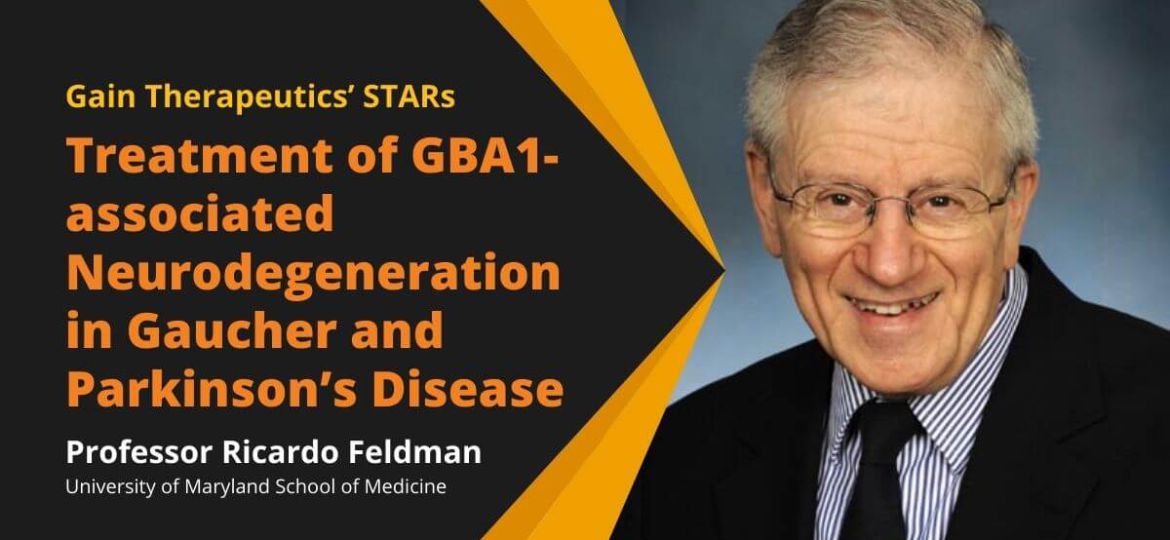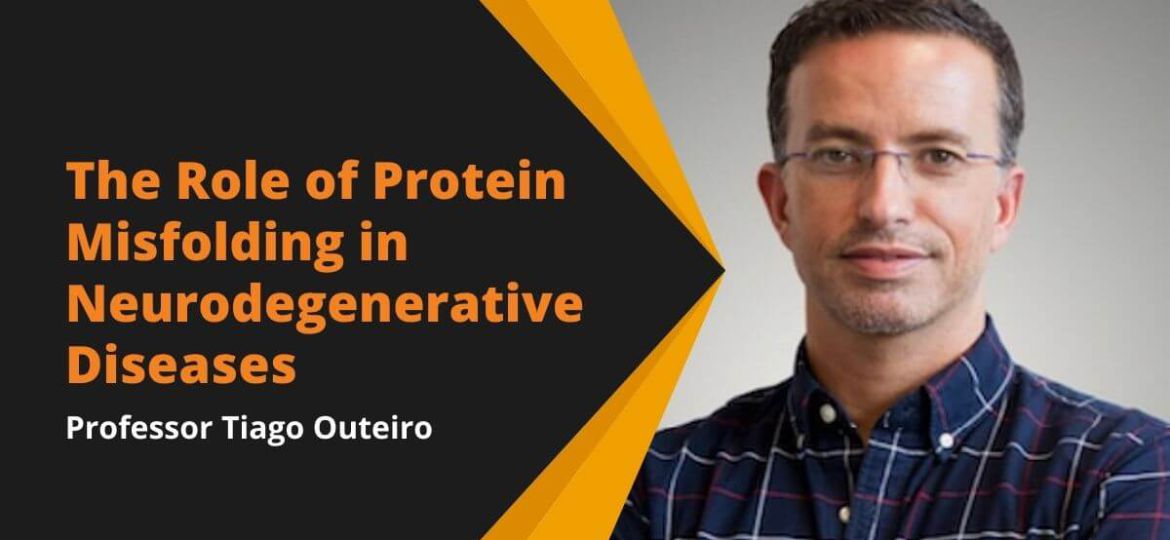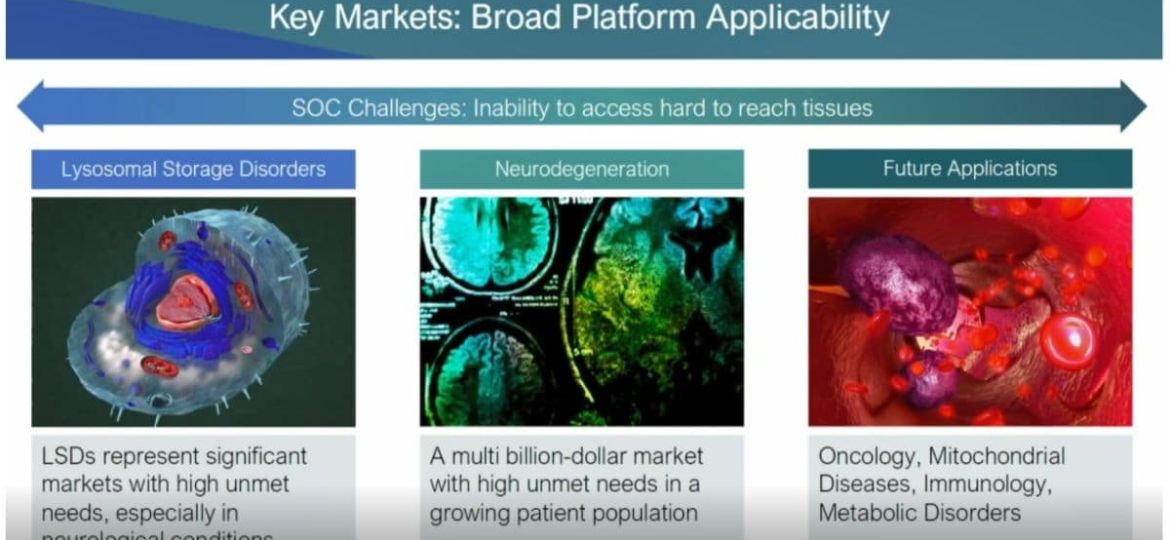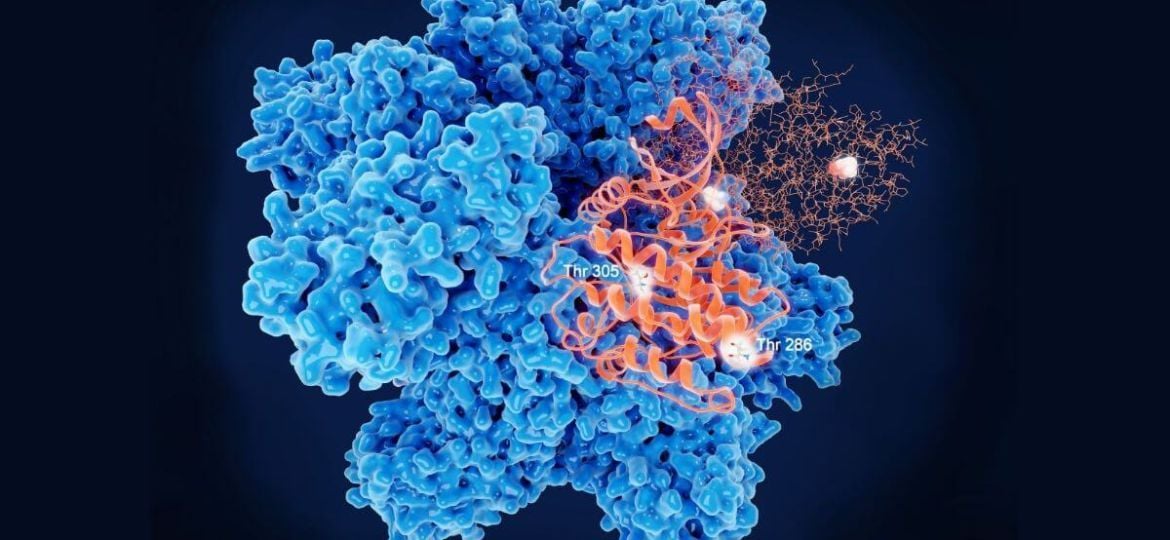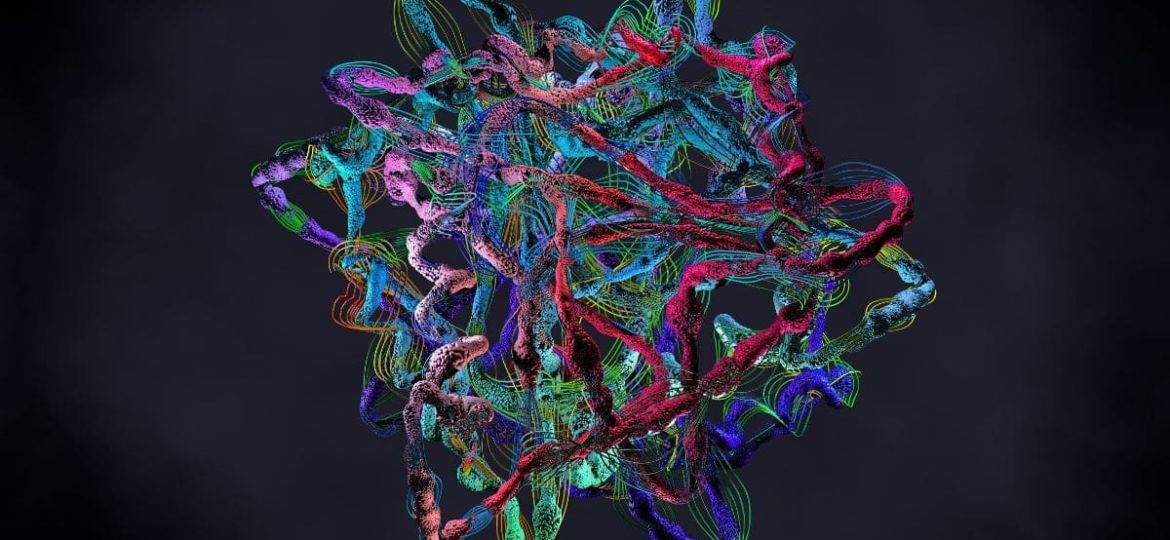Participating in a clinical trial is a personal decision, and making that decision will look different for everyone. As a caregiver, you are among the …
Mitochondria and the Electron Transport Chain Mitochondria are organelles within eukaryotic cells, and are responsible for generating energy. This energy is in the form of …
Gain Therapeutics shared important updates at the AD/PD 2025 International Conference on Alzheimer’s and Parkinson’s Diseases. The company presented new preclinical data as well as …
What is the UPDRS? The Unified Parkinson’s Disease Rating Scale, or UPDRS, is an assessment tool designed to assist clinicians and researchers in evaluating the …
How are human clinical trials conducted? Before human trials even begin, animal trials are conducted first to evaluate safety. Once human trials begin, they move …
Biomarkers and their use in therapeutic development Biomarkers are specific characteristics that can be used to predict the risk of disease, identify the presence of …
Neurodegenerative diseases and the immune system Neurodegenerative diseases, such as Parkinson’s, Alzheimer’s, Huntington’s, and Motor Neuron diseases, are generally thought of in their capacity as …
Read the research article in full. Mucopolysaccharidosis type I (MPS I) is a rare lysosomal storage disease (LSD) that arises from mutations in the gene …
The links between Alzheimer’s, Parkinson’s, and Prion diseases At first glance, neurodegenerative diseases such as Alzheimer’s, Parkinson’s, and prion disease share many generalized features. While …
Biomarkers allow clinicians to measure the effects of treatment, helping determine how patients respond to therapeutic intervention. While biomarkers have been crucial in diseases such …
Neurofilament light chain (NfL) is a protein found inside neurons in the brain. If axons die, for example, due to disease, NfL is released from …
“While we continue to see exciting advances across the biopharma innovation landscape, sadly, new approaches and therapies for neurodegenerative diseases continue to remain largely elusive …
What is PROTAC? PROTAC, which is an acronym for proteolysis targeting chimera, is a class of heterobifunctional molecules that can be used to target specific proteins for degradation …
What are prion diseases? Prion diseases are a group of neurodegenerative disorders that affect humans and other mammals. The most recognizable prion diseases are bovine …
The presentation by Professor Zoe Cournia, who is at the Biomedical Research Foundation Academy of Athens in Greece, was about the power of supercomputing and …
Professor Ricardo Feldman, who is from the University of Maryland School of Medicine, gave a presentation about Gain Therapeutics STAR molecules for the treatment of …
Professor Tiago Outeiro who is Professor of Aggregopathies and Director of the Department of Experimental Neurodegeneration at the University Medical Center in Gottingen, Germany, and …
We have initially applied See-TX to selective protein misfolding diseases and have targeted lysosomal enzyme, to address the unmet medical needs of rare and neurodegenerative …
Enzyme Targeting: Over the last few years, diseases caused by dysfunctional or missing enzymes have been treated with a type of therapy called enzyme replacement …
Gain Therapeutics targeting allosteric sites: Traditional small molecule drugs work by targeting an active binding site. Gain Therapeutics is focused on targeting allosteric binding sites, …
Why is the AlphaFold DataBase exciting? DeepMind created the artificial intelligence system, AlphaFold, to predict the three-dimensional (3D) structure of thousands of proteins and compiled …
At Gain Therapeutics, we are uniquely positioned to capitalize on the AlphaFold project and
extend the scope of our existing technology.


